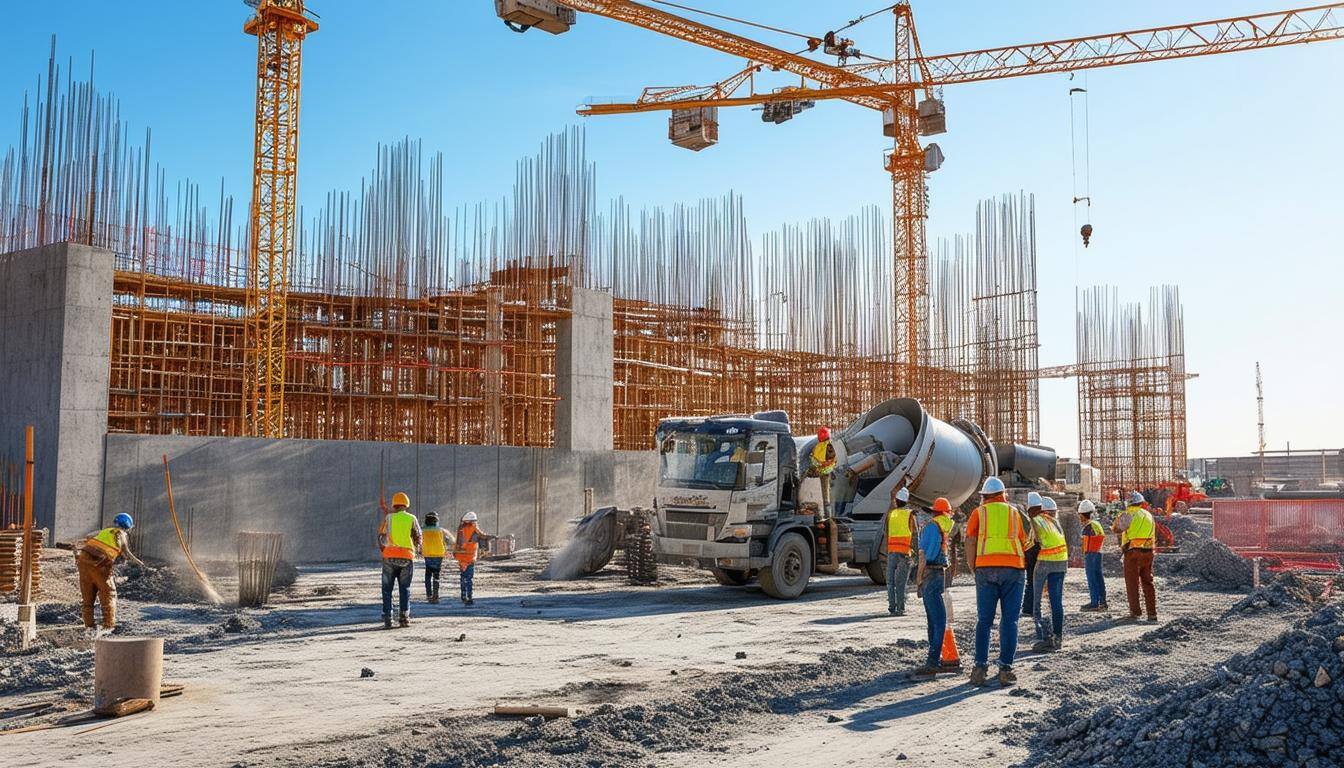What Factors Should You Consider When Selecting Temporary Climate Control Equipment?
Selecting temporary climate control equipment requires careful consideration of several factors to ensure effective, efficient, and safe operations. This decision can significantly impact climate management, particularly during projects like construction or significant events. Understanding the specific needs of a project, such as space size and duration, is pivotal. Various types of equipment are available, leading to choices that can be overwhelming. Knowing your options—from air conditioning units to dehumidifiers—enables better decision-making. This discussion will guide you through the most crucial aspects when selecting temporary climate control equipment.
Understanding Your Climate Control Needs
First, identify the specific requirements of your project. Different environments and tasks may demand varying levels of climate control. For instance, events held in outdoor spaces may require heating solutions, while indoor activities could need cooling during warmer months. The considerations also include assessing the square footage of the area requiring climate control to ensure the selected equipment has adequate capacity. Another vital factor is the duration for which the equipment will be required. Knowing this will help you choose a rental term that fits your budget and timeline. Many companies offer various solutions, including a reliable construction heater that would suit a worksite needing heat during cold weather. Researching reputable temporary climate control equipment rental providers is crucial to narrow your options further.
Types of Temporary Climate Control Equipment
Temporary climate control equipment varies widely, each serving different purposes. Air conditioners, for example, come in portable and larger units, fitting various settings and needs. If humidity threatens project materials or equipment, dehumidifiers can help maintain the appropriate levels to prevent damage. Additionally, heating solutions can be essential in cold weather conditions. Electric heaters and gas-powered units cater to specific budgets and preferences, allowing you to choose based on efficiency, safety, and cost-effectiveness. Ventilation fans are critical in improving air circulation, particularly in enclosed spaces. Selecting the right types of equipment ensures optimal climate conditions that align with your project needs.
Energy Efficiency and Environmental Considerations
Energy efficiency is a considerable concern when choosing temporary climate control equipment. Eco-friendly options have emerged, which not only lower energy bills but also reduce the environmental footprint of operations. Look for options with energy-efficient ratings, as they indicate better performance than standard models. Using energy-efficient equipment often means less strain on power resources, contributing to sustainable practices. Some models even allow for monitoring energy consumption, providing valuable insights for ongoing rentals. Considering the environmental impact inevitably leads to better choices for the project and the planet, so it's worth investing time and energy into finding solutions that align with these goals. Manufacturers are increasingly more conscious of their products' environmental effects, resulting in innovations aimed at sustainability.
Cost Considerations
Budget constraints will undeniably play a role in your selection process. Assessing the initial and long-term costs is vital when determining the economic viability of your chosen equipment. Consider all rental fees, maintenance costs, and any potential expenses related to installation. Also, consider the cost of utilities, as energy-efficient equipment may save money over time despite a higher initial rental cost. Doing thorough research and obtaining multiple quotes often helps highlight cost disparities between providers. This practice ensures that you make an informed financial decision for your project. Seek answers to all your budget-related questions before committing to a vendor, as transparency can alleviate potential concerns.
Safety Features and Compliance
Safety should never be overlooked when selecting temporary climate control solutions. Equipment should meet all relevant safety standards and regulations to ensure optimal operation. Check for certifications that verify compliance with local regulations and industry standards. Heating units, in particular, may pose fire risks if not adequately managed or placed near combustible materials. Consider models equipped with safety features such as automatic shut-off and overheat protection. These innovations can help mitigate risks and ensure a safe environment for workers and patrons. Furthermore, understanding the manufacturer's maintenance guidelines is critical in preventing safety risks arising from improper usage or neglect.
Ease of Setup and Operation
The complexity of setup varies widely across different models of temporary climate control equipment. Choosing straightforward equipment to install and operate can save valuable time and minimize frustration. Some units are delivered pre-assembled, while others may require additional assembly—notably in outdoor settings requiring sturdy installation. Ensure clarity on operational specifications, including required power sources and ventilation needs. More straightforward equipment has user-friendly controls, making it easier for staff with minimal training to operate effectively. Focusing on ease of setup can create superior operational efficiency and allow your team to concentrate on critical tasks rather than battling complex machinery. Getting assistance from rental providers for setup may also be worth considering.
Summarizing the factors in selecting temporary climate control equipment reveals a complex landscape that requires careful evaluation. Understanding specific project needs and considering costs, safety, and vendor reputation can significantly influence the choice. Focusing on the efficiency of rented equipment and the implications of future projects can ensure more informed decisions. Each element plays a crucial role in avoiding potential pitfalls while maximizing the effectiveness of temporary climate control solutions.
Related Posts
Join the movement.
Your Entourage journey starts here. Join Australia's largest community of over 500,000 business owners and entrepreneurs, and receive instant access to exclusive content and updates delivered straight to your inbox.



